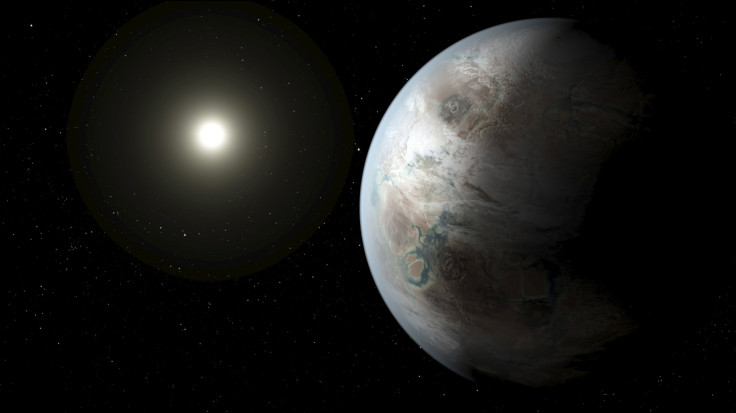San Diego Astronomers Discover Kepler 453b, Similar To Planet Tatooine From Star Wars

NASA's planet-hunting mission, Kepler has discovered a new exoplanet that orbits not one, but two stars. According to the researchers, the exoplanet has been discovered in an area where life could potentially exist.
Exoplanets are the planets that exist beyond the solar system. The Kepler 453b, reportedly the tenth circumbinary exoplanet ever discovered by the scientists, takes 240.5 days to complete an orbit around the stars while the pair of stars completes a single orbit in 27.3 days.
The discovery has been made by the researchers at the San Diego State University (SDSU). The newly-discovered planet resembles the fictitious planet Tatooine from the Star Wars series.
"We present the discovery of Kepler-453b, a 6.2 R planet in a low-eccentricity, 240.5 day orbit about an eclipsing binary. The binary itself consists of a 0.94 and 0.195 M pair of stars with an orbital period of 27.32 days," one of the astronomers said, in a statement.
The discovery marks an important milestone achieved as a part of the Kepler mission as it has raised the number of exoplanets discovered so far to 10. The discovery of the first Kepler circumbinary exoplanet took place back in 2011.
Circumbinary exoplanet was considered as rare find by the astronomers. However, the tenth one, discovered so far, has further strengthened the belief that such worlds exist somewhere in the universe, scientists said in a study, published in the Astrophysical Journal last week.
"Being involved in these discoveries never gets old," Stephen Kane of San Francisco State University, who was also a part of the team that discovered the planet, in a press release. "We live in an amazing time in which we have the technology to measure objects hundreds of light-years away and answer some of the questions about the universe that humans have asked for ages. It's incredible to be a part of that."
© Copyright IBTimes 2024. All rights reserved.





















